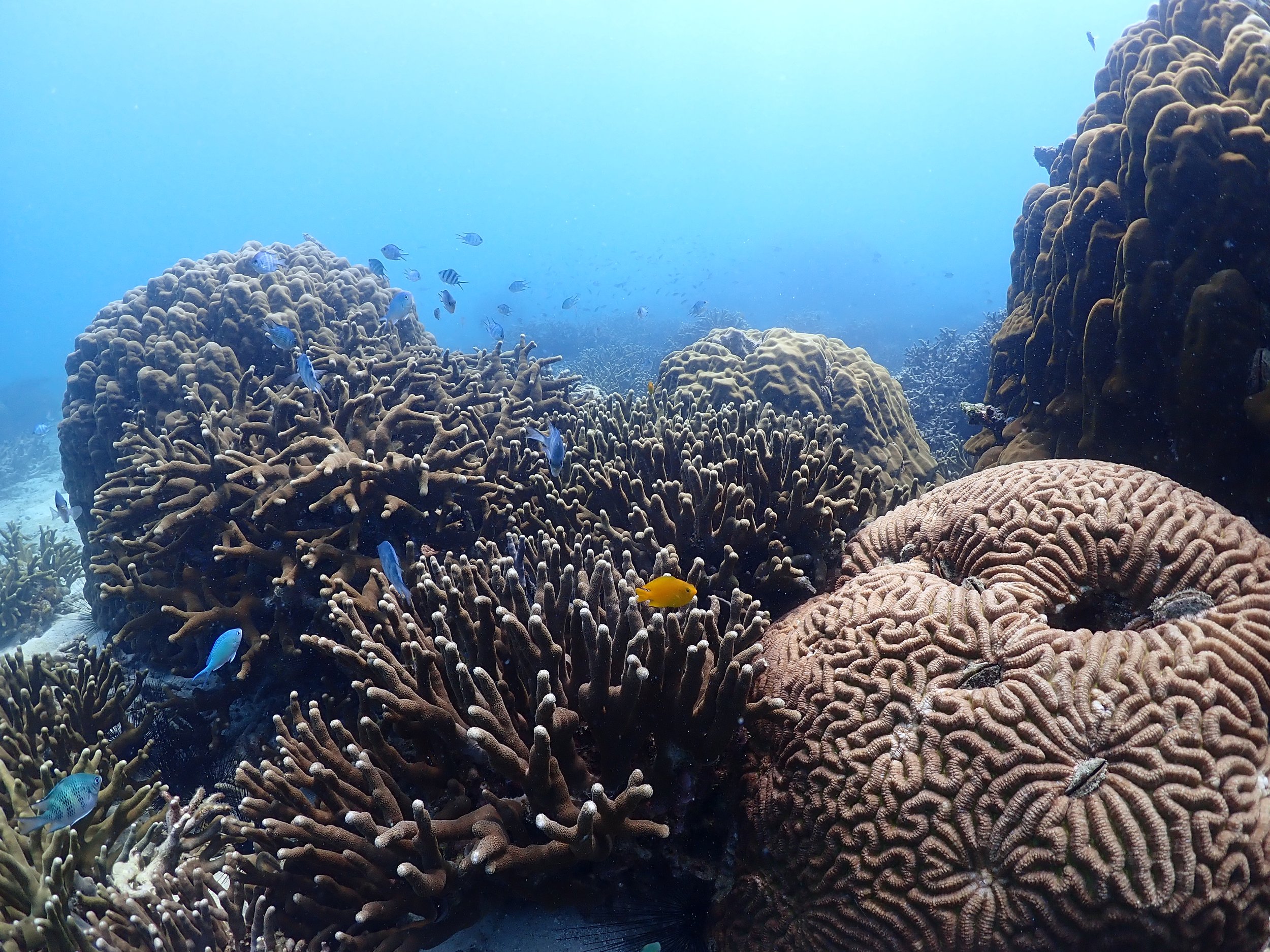GSTC Sustainable Tourism Training Programme (STTP)
In January and February, three of our colleagues from various locations and three Mersing team members completed the Global Sustainable Tourism Council (GSTC) Sustainable Tourism Training Programme (STTP). These 4-week training sessions included virtual workshops and group discussions. Conducted by GSTC in collaboration with TrainingAid. The two trainers were Ayako Ezaki, GSTC Training Director and Dr David Erman, an international tourism consultant, researcher and speaker. We were joined by our partners and local stakeholders from the Sustainable Travel Mersing Group (STM), with whom we are collaborating to develop strategies and action plans to establish Mersing as a sustainable tourism destination.
Some of the participants of the GSTC STTP during a virtual session
At the training, our team had the opportunity to discover more about the four GSTC pillars; Sustainable Management, Socio-economic Sustainability, Cultural Sustainability and Environmental Sustainability. We’ve exchanged knowledge and experiences with other global participants and we learned from experienced speakers who had pioneered sustainable tourism practices in their organisations and tourism destinations globally. Through this workshop, various practical examples were demonstrated and we hope to make use of the knowledge gained and share it with our wider stakeholder groups in Mersing.
An ongoing training session
Island Community Survey
In March, our team in Mersing visited four islands over 2 weeks; Sibu, Tinggi, Pemanggil and Aur for community surveys. During this trip, we were joined by our local collaborators from the STM group. Since some of our new team members had never visited the islands before, the trip was intended as a stocktaking exercise in getting to know the islands and their communities. These visits are marked as the first in a series of future community consultation sessions. Additionally, such visits will be useful for us to better understand the communities’ issues, concerns, hopes and interests when they participate in conservation activities for the sustainable management of marine resources around the islands.
Our team during a community survey session
During this trip, we also took the opportunity to engage with the tour operators that are based on the islands and we conducted a preliminary plastic waste and sewage treatment assessment. Information collected from this assessment will provide baseline information on the current system and this will help us to support the local authority to formulate a strategy for effective waste management for Mersing islands.
A preliminary plastic waste assessment
Site recce for annual Reef Check survey and reef rehabilitation
There are over 45 islands in the Mersing archipelago, many of which are not yet included in long term coral reef health monitoring programmes. With the assistance from the Department of Fisheries and a local champion from Sibu Island, Mr. Yusri, our team went for a site visit to Pulau Sibu and Pulau Lima in hope of identifying new Reef Check survey and reef rehabilitation sites.
The team preparing for a site recce
Several sites were surveyed and identified with plans to establish a long-term reef monitoring and rehabilitation programme are underway. Check out the video from this trip here:
https://www.instagram.com/tv/CMbACiSBz7R/?igshid=u34348ae6ky3 OR https://www.facebook.com/watch/?v=303793381095343
We extend our appreciation to MISC Berhad for their continuous support for the Mersing programme under their Heart of the Ocean corporate initiative.




























